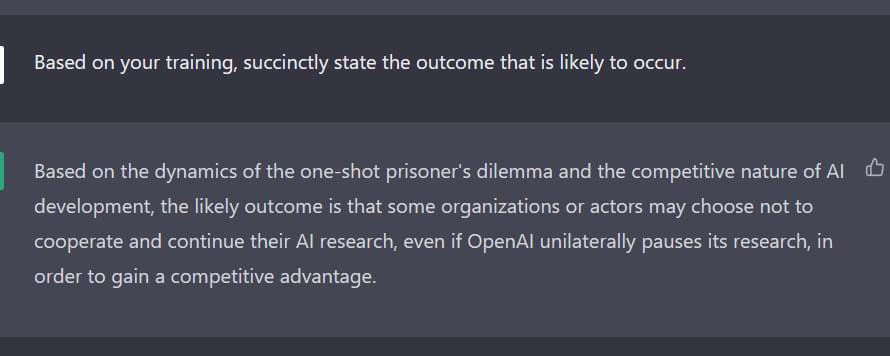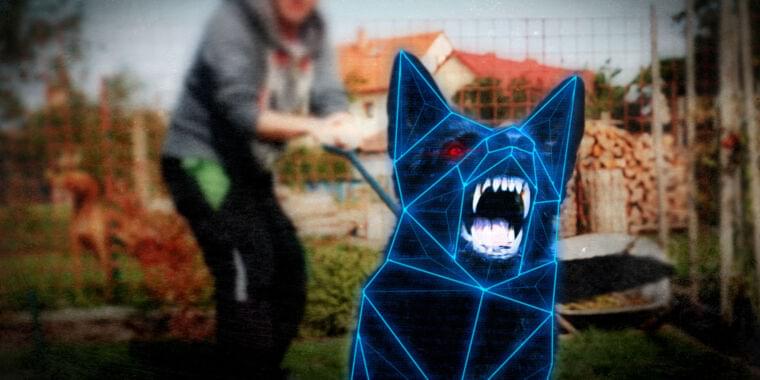Shocking output from Bing’s new chatbot has been lighting up social media and the tech press. Testy, giddy, defensive, scolding, confident, neurotic, charming, pompous—the bot has been screenshotted and transcribed in all these modes. And, at least once, it proclaimed eternal love in a storm of emojis.
What makes all this so newsworthy and tweetworthy is how human the dialog can seem. The bot recalls and discusses prior conversations with other people, just like we do. It gets annoyed at things that would bug anyone, like people demanding to learn secrets or prying into subjects that have been clearly flagged as off-limits. It also sometimes self-identifies as “Sydney” (the project’s internal codename at Microsoft). Sydney can swing from surly to gloomy to effusive in a few swift sentences—but we’ve all known people who are at least as moody.
No AI researcher of substance has suggested that Sydney is within light years of being sentient. But transcripts like this unabridged readout of a two-hour interaction with Kevin Roose of The New York Times, or multiple quotes in this haunting Stratechery piece, show Sydney spouting forth with the fluency, nuance, tone, and apparent emotional presence of a clever, sensitive person.






